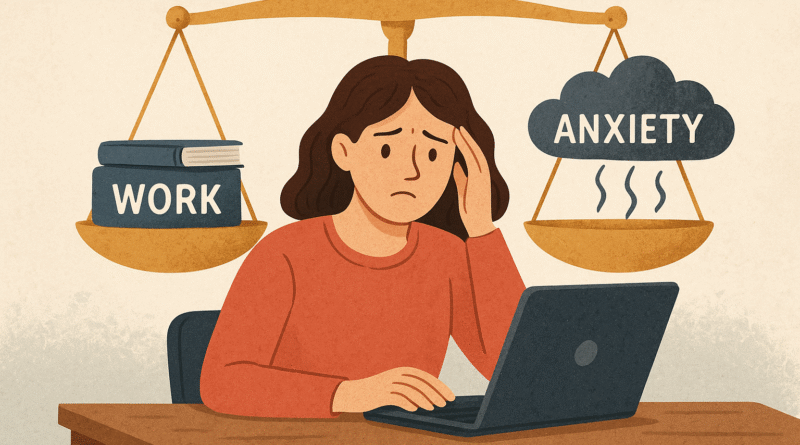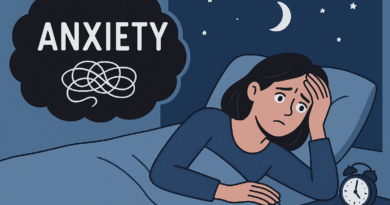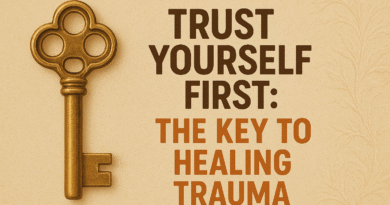Balancing Work and Anxiety: Tips for Daily Life
Balancing Work and Anxiety: Tips for Daily Life
In the modern workplace everyone struggles with the challenge of balancing work and anxiety between meetings, work deadlines, and personal work only add to the pressure. In the workplace, anxiety is not just simple stress; it can affect your focus, decision-making, and even overall health. Learning how to balance work and anxiety is not only available but also core for long-term well-being.
In this blog, I will share what I have learned from my own struggle with tips and tools backed by research to help you adjust to anxiety and work life. I will also discuss how medication like Xanax and Ambien can sometimes manage anxiety.
Making Sense of Anxiety at Work
Before exploring tips, it’s key to understand how anxiety manifests at work. Anxiety is a natural response to stress, but long-term or severe anxiety can lead to balancing work and anxiety
- Difficulty focusing on tasks
- Increased restlessness or impatience
- Physical side effects like as headaches, tension, or Nausea
- Ignore of responsibilities or social meetings
For me, anxiety felt like a constant cloud floating over my workday. Deadlines would trigger tension, and small mistakes felt expanded. Recognizing these patterns was the first step toward balancing work and anxiety. Awareness allows us to respond with intention rather than act without thinking.
Speaking Freely at Work
Anxiety can make you feel alone, but talking openly with trust to your friends or colleagues can remove the burden.
- Speak directly about your deadlines and workload
- Ask for mentorship when stressed
- Explore the options like work from home if they help
Sharing your feelings at work reduces the stress of keep anxiety hidden. It also sets a positive example for staff who are struggling in silence.
The Role of Medication in Managing Anxiety
Even with healthy habits and behavioral coping, there are times when medical guidance and medication are sometimes needed. For anxiety pain, a doctor may prescribe Xanax and Ambien; these medications are used under medical guidance and taken carefully.
For me, it’s a mixture of taking medication with natural way and making work strategies that all reduce my anxiety, making it remove to stay focused and productive for balancing work and anxiety
Building Healthy Habits
Physical and mental health are close linked when I take care of my body. Daily workouts, eat porper, and getting proper sleep all help decrease anxiety.
- Exercise: Daily exercise that helps to reduce your anxiety.
- Mindfulness: Focusing on your present moment helps to quiet overthinking of anticipatory anxiety.
- Writing: Write your thoughts and fears that really reduce your stress.
- Support: Sharing experiences with other women reduces anxiety and builds trust.
Balancing work and anxiety sometimes anxiety affects your sleep. In such a problem, medication like Ambien may be prescribed for sleep; it is used for the short term. Always used under the medical guidance and mixed with natural tips for the long-term benefits.
Set Boundaries
Setting boundaries is key for managing anxiety and mental health in overload work environments. If you take too much or do not express your limits, stress builds too fast. Learning to say no, assign tasks, and limit work—how to help decrease stress and maintain control.
Boundaries are not just about work—they also safely protect personal time, allowing space for self-care, decent sleep, and healthy routines. For some, mixing these boundaries with medical guidance or short-term medication like Xanax or Ambien (used responsibly under a doctor’s medical care) can further support managing anxiety. By clearly defining your limits, you not only safeguard your own mental health but also model healthy coping strategies for others in the workplace.
The Importance of Physical Health
You cannot part the body from the mind. Regular physical movement, like yoga, walking, or even flexing, has been proven to reduce cortisol (the stress hormone). Hydration and balanced meals also play a key role.
When I started taking lunch breaks, my anxiety levels clearly decreased. The mixture of sunlight, movement, and breathing created space between me and my thoughts.
Tip: If your workplace is sitting, set a suggestion to extend or move every hour. Your body will thank you, and your mind will follow
Turning Anxiety Into Positive Energy
Many people see anxiety as the enemy; it’s a sign you care deeply about something. When you learn to view it as energy than fear, you can transform tension into motivation
Instead of thinking, “I’m stressed before my display try, My body is preparing to perform. This small mental shift turns fear into fuel.
Rest, Reflection, and Renewal
Every system needs a break, including your mind. Take holidays, rest days, and moments of silence without guilt. These pauses recharge creativity and strength for balancing work and anxiety
When I finally allowed myself to rest without earning it, I found how much calmer and more effective I became. Rest is not the opposite of work; it’s what makes lasting work possible
Combining Science and Self-Care
Balancing work and anxiety is both an skill and a science. With exercise and self-care nature nurtures the soul, sometimes medication like Xanax or Ambien provides short-term relief during hard time.
Always consult with a mental health guide before starting or stopping taking medication.
The best method is a mixture of health care, personal self-care, and making daily routines. It’s about creating a habit that supports your nervous system rather than fighting against it.
Final Thoughts: Finding Balance Is a Journey
Balancing work and anxiety is not about realizing perfect calm. It’s about learning to dance with your mind—to understand, not control it. Through mindful structure, boundaries, support, and irregular medical guidance, you can thrive with guidance without losing your sense of self.
Every small act, every deep breath, limit, or moment of rest—is a success against the pain anxiety tries to create. Healing is not linear, but it’s always possible. And in that journey, you’ll discover strength you didn’t know you had.
So, take a breath. You’re not behind; you’re growing balanced.




